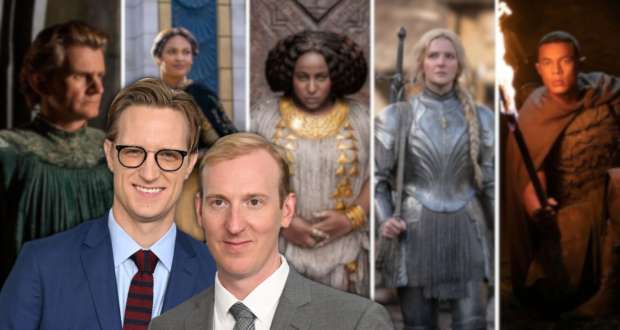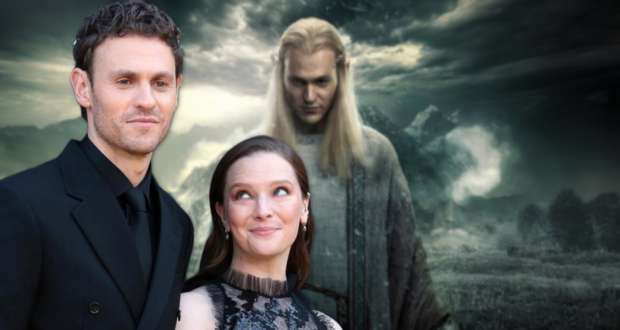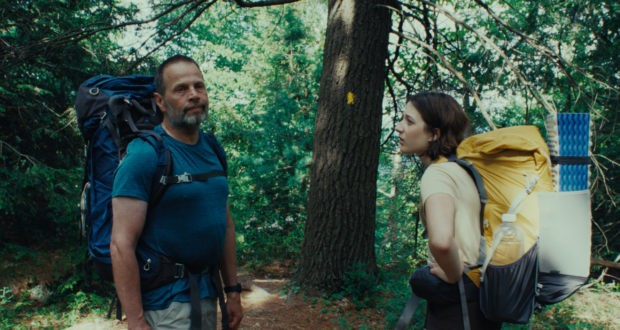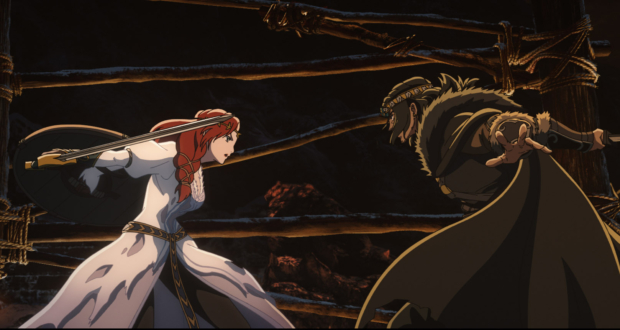
Synopsis: When renowned reporter Tintin buys an incredibly beautiful reproduction of the Unicorn at a market, he unexpectedly finds himself caught up in more than just what should be a normal model ship. Tintin, aided by his trusted companion, Snowy, discover along the way they’ll need the help of Captain Haddock, in an attempt to solve the secret of the Unicorn. The Adventures of Tintin is a 2011 animated action-adventure 3D film starring Jamie Bell, Andy Serkis, Daniel Craig, Simon Pegg and Nick Frost and is directed by Steven Spielberg.
Introduction: The Adventures of Tintin is performance captured and is also the very first animated movie from Spielberg, which is based on the comic book series of the same name by Belgain artist Hergé (Georges Remi). In the early 80’s both Hergé and Spielberg became fans of one another, from which Michael Farr the author of Tintin: The Complete Companion, cited Hergé in saying that he “thought Spielberg was the only person who could ever do Tintin justice” in respect to a proper film adaptation. Spielberg on the other hand discovered Tintin when a reviewer compared his Raiders of the Lost Ark to Tintin. After acquiring French editions of the comics, despite not being able to understand the dialogue he immediately fell in love with Tintin’s artwork. By 1983, Spielberg was scheduled to meet Hergé in London while filming Indiana Jones and the Temple of Doom. However, Hergé died that same week at the age of 75 after a long battle with a severe illness. Hergé’s widow in spite of his passing still gave Spielberg the rights to adapt and produce a film version of Tintin. So in 1984 a three year option was given with Universal Pictures attached as a distributor.
Two decades would pass, with unsatisfactory scripts coming and going, which lead to the rights to the film eventually going back to the Hergé Foundation. Although Warner Bros. negotiated long and hard for the rights, the ‘creative integrity’ seen with Spielberg could not be guaranteed. By 2001, Spielberg expressed his interest in using computer animation as a way to create the world of Tintin. Then in November 2002 Spielberg’s own studio DreamWorks managed to re-establish the rights for the film adaptation. Intended a trilogy based on several stories within the Tintin franchise, Spielberg looked to intertwine Tintin’s world and characters in a manner which suited the big screen. At this point, Spielberg consulted Peter Jackson in regards to creating a computer generated Snowy (or better known by his French name Milou). At this time Spielberg had also reverted back to his idea for a live-action adaptation.
A longtime fan of the comic series himself, Jackson suggested that a live-action adaptation would not do the comics justice. Referencing his own work with the motion capture used in his The Lord of the Rings trilogy and King Kong, he explained that motion capture’s expressiveness would allow for a better representation. In 2006, Spielberg and Jackson ventured to Playa Vista, Los Angeles, California, on the stage where James Cameron’s Avatar was shot and filmed. At this time Andy Serkis had been cast and with the aid of Weta Digital, a twenty minute test reel was produced. Finally in 2007 a collaborative effort between Spielberg and Jackson was announced which would eventually lead to filming in 2009, with the eventual release of the movie in 2011.
Review: I thought it was important to note the relative history of this film before giving my impressions on it. While those initial paragraphs might read like a research script off of Wikipedia, that’s exactly what it is. Tintin is an interesting film because it depends what generation you are coming from. It’s also easily the smartest family film to come out this year, so if you’re having trouble deciding which movie to take the kids to over the holidays then I strongly suggest that you choose Tintin over that second squeakquel. It’s not saying that Alvin, Simon and Theodore aren’t fun, (I grew up to their Saturday morning cartoon much more than I did Tintin), it just seems more appropriate to support a movie which has been given more foresight and care. (But I wouldn’t hold it against you either way!)
Tintin is not without its faults and I think it’s strictly based on how generational this movie can be as a whole. It plays out like a simplified version of say Indiana Jones or a less immersive version of Uncharted if you dabble in video games. However as a child watching the film it’s suitable because it doesn’t over complicate things. Instead the complexity and detail are found in the visuals of the film itself.
Simply put there is something downright eerie about Tintin. How eerily real it looks.
This is Hergé’s world encapsulated and made real. Slowly but surely that uncanny valley is being filled. Since this film was done strictly on motion capture outside of Tintin’s dog Snowy, there is a more natural feel to the cinematography for an animated film. Even the inclusion of 3D is natural with the depth of field applied in a way only to imply and create rather than anything forcibly gimmicky. There is an advantage I find with computer animated films and 3D and I’m reminded of Kung Fu Panda 2 as well, in that both that movie and Tintin play in a world of layers. However Tintin’s ‘realness’ is what differentiates itself visually.
Spielberg also does a great job of blending a sense of his traditional style with the more unconventional shots, bordering that uniqueness we see in animated films. Here we get an almost Tarsem Singh-esque scene transition from a close-up hand to a desert. We’re also allowed to watch the film from Snowy’s perspective and are able to realize his character is more than just a dog. He’s Tintin’s sidekick as he accompanies his master on his adventures. The casting overall for the film I found was solid. Jamie Bell is identifiable as Hergé’s everyman ‘Tintin’ and Andy Serkis is unmatched in his annotated expressions as Captain Haddock. Daniel Craig is stern, rigid and unscrupulous as needed in his portrayal of Ivan Ivanovitch Sakharine. Then we have Simon Pegg and Nick Frost as the bumbling detectives, who always work well together. The voice acting in this film provide ‘character’, and the movements of the characters themselves are pronounced due to the motion capture and it works handedly.
For myself in the end, while I did enjoy Tintin, I wanted more complexity in the adventure deep down. So in effect some parts of the movie felt hollow to some degree. I was surprised at how much more ‘action’ there was in this movie versus the reporter/detective work. It’s not an outright complaint, but more of a wonder when a gunplay scene goes probably a couple minutes longer than it should. Again it goes back to who this movie is aimed at in respect to the audience. But perhaps this could be mired by my own expectations in the adventure genre in what I want versus what is right in the world of Tintin. I will say that there is so much detail (even in a subtle sense) going on screen visually however, that effectively makes this movie a must-see on visuals alone. Spielberg simply put looks like he had fun making this movie, it has a bit of the grown up childhood magic present in his early work.
The next sequel for this movie has Peter Jackson set to direct, while Spielberg would produce. (Their roles were reversed in this first film.) While its domestic tallies aren’t that impressive thus far, the worldwide figures hopefully allow the complete vision of Tintin to be realized. With all the reboots, remakes, sequels out there, for a film adaptation the 107 minutes of Tintin I found was indeed refreshing.
I give The Adventures of Tintin 8 out of 10.





















